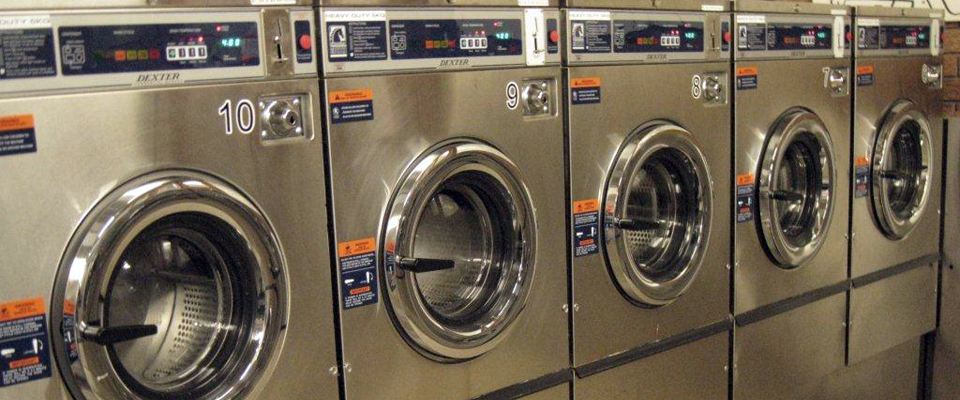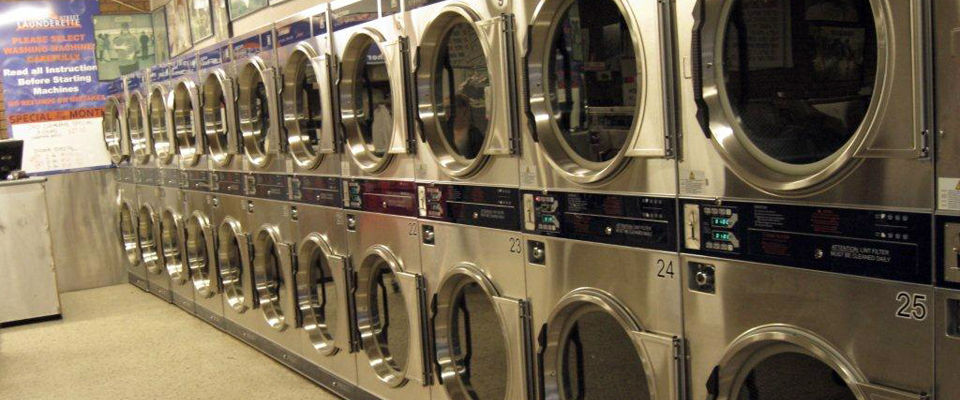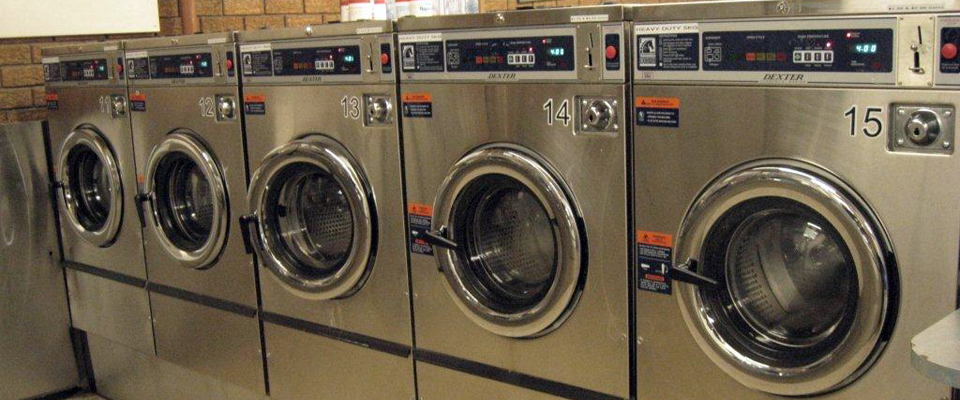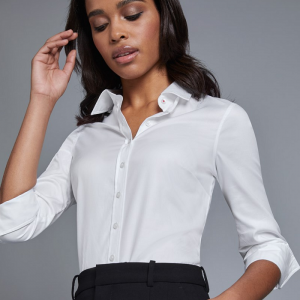Maintaining Fabric Quality
 Maintaining the quality and longevity of your clothes is crucial, and it begins with how you sort, wash, and care for them during the laundry process. Properly handling your laundry can significantly prevent fabric damage and preserve the quality of your garments. Here’s a detailed approach to ensuring that your fabrics remain in pristine condition after every wash:
Maintaining the quality and longevity of your clothes is crucial, and it begins with how you sort, wash, and care for them during the laundry process. Properly handling your laundry can significantly prevent fabric damage and preserve the quality of your garments. Here’s a detailed approach to ensuring that your fabrics remain in pristine condition after every wash:
Sorting Clothes Properly
Effective sorting is the first critical step in the laundry process. Begin by separating your laundry into different groups based on color to prevent dye transfer: whites, darks, and colors. This is especially important for new garments whose colors might bleed. Furthermore, sorting by fabric type is essential—delicate fabrics like silk and lace should not be mixed with heavier items like jeans or hoodies, as the rougher textures can cause pilling and wear on sensitive materials.
Additionally, consider the soil level of your clothing. Heavily soiled work clothes or gym wear should be washed separately from lightly soiled items like office shirts or blouses to prevent cross-contamination and ensure that each item receives the appropriate cleaning intensity.
Washing Similar Fabrics Together
Washing similar fabrics together protects delicate items, optimizes the cleaning process, and ensures that each type of fabric receives the care it needs. This grouping allows you to customize the wash cycle and detergent type to suit the specific needs of the fabric batch, enhancing overall cleaning effectiveness and reducing wear and tear. For instance, towels and bed linens often benefit from being washed together at a higher temperature to eliminate bacteria and ensure thorough cleaning, whereas delicate items like undergarments and fine knitwear require a gentler cycle and cooler water to maintain their shape and texture.
Choosing the Correct Wash Cycle and Temperature
 Selecting the appropriate wash cycle and temperature is vital for fabric care. Each fabric type has specific needs that, if not met, can lead to damage. Cottons and linens can generally handle hot washes, which are effective for sanitizing and removing heavy soil. However, synthetic fibers, such as polyester and rayon, along with delicate items, should be washed at lower temperatures to prevent damage such as shrinking and stretching.
Selecting the appropriate wash cycle and temperature is vital for fabric care. Each fabric type has specific needs that, if not met, can lead to damage. Cottons and linens can generally handle hot washes, which are effective for sanitizing and removing heavy soil. However, synthetic fibers, such as polyester and rayon, along with delicate items, should be washed at lower temperatures to prevent damage such as shrinking and stretching.
Wash cycles should be chosen based on fabric sensitivity and soil level. Modern washing machines offer a range of cycles from intensive for durable items to delicate for sensitive fabrics. Understanding and utilizing these options can prevent excessive wear and ensure that each garment is cleaned gently and effectively.
Avoid Overloading the Machine
It’s also crucial not to overload your washing machine. An overly full washing machine can lead to several problems: clothes might not get cleaned properly as they can’t move freely and rinse thoroughly; detergent may not distribute evenly, leaving residue on fabrics; and the mechanical parts of the machine can become strained, leading to potential malfunctions.
Periodic Maintenance Checks
Regularly inspect and maintain your washing machine to ensure it operates efficiently. Check hoses and filters for clogs or leaks and ensure that the machine is level to prevent excessive vibration during operation. These steps will help maintain both your machine’s and your clothes’ longevity.
By integrating these comprehensive practices into your laundry routine, you can greatly enhance the care of your clothing. Proper sorting, appropriate wash settings, and machine care not only preserve your garments but also make your laundry process more efficient and effective, ultimately saving you time and money while keeping your wardrobe in excellent condition.
Overview of Blessington Street Laundrette
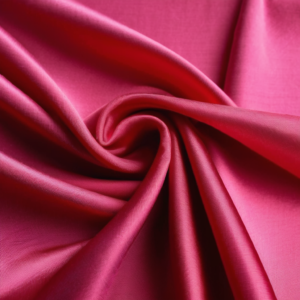 Located in a vibrant urban neighborhood, Blessington Street Laundrette stands as a crucial service for residents and visitors, doubling as a gathering spot that enhances the local social landscape. This laundrette is not just a place for cleaning clothes but also a community cornerstone where diverse groups meet and interact.
Located in a vibrant urban neighborhood, Blessington Street Laundrette stands as a crucial service for residents and visitors, doubling as a gathering spot that enhances the local social landscape. This laundrette is not just a place for cleaning clothes but also a community cornerstone where diverse groups meet and interact.
Services and Facilities Equipped with modern, high-efficiency washing machines and dryers, Blessington Street Laundrette accommodates everything from personal laundry loads to larger items. The facility prioritizes cleanliness and functionality, ensuring all equipment is frequently updated and maintained. Recognizing the hectic lives of its customers, the laundrette operates from early morning until late at night, fitting conveniently into most schedules.
Comfort is key while customers wait. The laundrette offers a cozy waiting area with seats, complimentary Wi-Fi, and a selection of magazines and books, making the time spent there enjoyable and productive.
Pricing and Payment Options The laundrette features competitive pricing, charging based on load size and selected services. It supports various payment methods, including cash, cards, and mobile payments, catering to customer preferences and convenience.
Community Engagement Blessington Street Laundrette transcends its primary function by hosting community-focused events and workshops that cover topics like home care and sustainability. These gatherings not only enhance community spirit but also provide practical knowledge, fostering a supportive network among patrons.
The laundrette is also active in local charitable activities, participating in clothing collections and community fundraisers, which bolsters its community presence and affirms its commitment to social responsibility.
Environmental Commitment Adhering to eco-friendly practices, the laundrette uses sustainable detergents and promotes reduced consumption of water and energy. This commitment not only minimizes environmental impact but also aligns with the values of eco-conscious customers.
Customer Service Exceptional customer service is paramount at Blessington Street Laundrette. The staff is approachable, well-trained, and eager to help, whether it involves offering laundry tips or troubleshooting machine issues. Their dedication ensures a welcoming and helpful atmosphere for all customers.
Blessington Street Laundrette is integral to its community, providing more than just laundry services. It is a place where people connect, share experiences, and participate in community life, all within the welcoming space of their local laundrette. Through its commitment to service, community, and sustainability, it remains a valued and beloved establishment.
Maintaining Fabric Quality
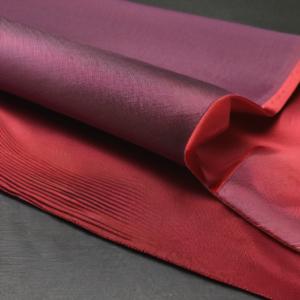 Fabrics form the essence of our clothing and household textiles, each type having its own unique properties, textures, and uses. Understanding the different types of fabric can help you make better choices for both clothing and home furnishings. Here’s an overview of some of the most common types of fabric and their characteristics:
Fabrics form the essence of our clothing and household textiles, each type having its own unique properties, textures, and uses. Understanding the different types of fabric can help you make better choices for both clothing and home furnishings. Here’s an overview of some of the most common types of fabric and their characteristics:
1. Cotton
Cotton is one of the most popular and versatile fabrics in the world. It’s known for its softness, breathability, and absorbency, making it a staple in casual wear, bedding, and towels. Cotton is derived from the cotton plant’s natural fibers and can vary in weight and durability. It’s easy to dye and print on, offering a vast range of fashion and decor options. However, cotton can shrink if not pre-treated or washed properly.
2. Linen
Linen, made from the fibers of the flax plant, is highly valued for its natural luster and cool, fresh feel. It is much stronger and more lustrous than cotton, making it perfect for summer clothing and upscale table linens. Linen is also naturally resistant to bacteria and can wick away moisture, making it ideal for towels and breathable warm-weather apparel. However, it wrinkles easily, which can either be viewed as part of its effortless charm or a drawback, depending on personal taste.
3. Silk
Silk is a luxurious fabric produced from the cocoons of silk worms. It is highly prized for its smooth texture, lustrous sheen, and soft feel. Silk is thermally stable, making it cool in the summer and warm in the winter, and is often used for evening wear, lingerie, and high-end bed linens. While silk exudes elegance and comfort, it requires careful handling and cleaning to maintain its texture and sheen.
4. Wool
Wool is obtained from the fleece of sheep and other animals like goats (cashmere and mohair), rabbits (angora), and alpacas. It is exceptionally warm and has natural water-resistant properties, making it ideal for winter clothing like sweaters, coats, and suits. Wool is durable, wrinkle-resistant, and drapes well, but it can be itchy against the skin and requires more care in washing and storage to avoid shrinkage and moth damage.
5. Polyester
Polyester is a synthetic fabric that is widely used in the fashion and home decor industries due to its durability and resistance to shrinking and stretching. It blends well with other fibers, often enhancing their properties, and is commonly used in blends with cotton and wool. Polyester is quick-drying, making it popular for activewear and outdoor clothing. However, it is less breathable than natural fibers and can retain odors.
6. Nylon
Nylon is another synthetic fiber known for its strength and elasticity. It was originally designed as a substitute for silk, especially during the World War II era for making parachutes. Today, it’s used in various garments, especially in hosiery and swimwear, due to its excellent elasticity and ability to return to its original shape. Nylon dries quickly and has good resistance to mildew.
7. Rayon
Rayon is a semi-synthetic fabric made from regenerated cellulose fibers derived from wood pulp. It mimics the feel and texture of natural fibers like silk, wool, and linen. Rayon is highly absorbent, soft, and comfortable, making it popular for dresses, blouses, and scarves. It drapes beautifully but can be delicate and prone to wrinkling.
Understanding these fabric types can greatly influence your choices in both wardrobe and home. Each fabric offers different benefits and requires different care strategies, which when managed correctly, can extend the life and appearance of your items made from these materials.

